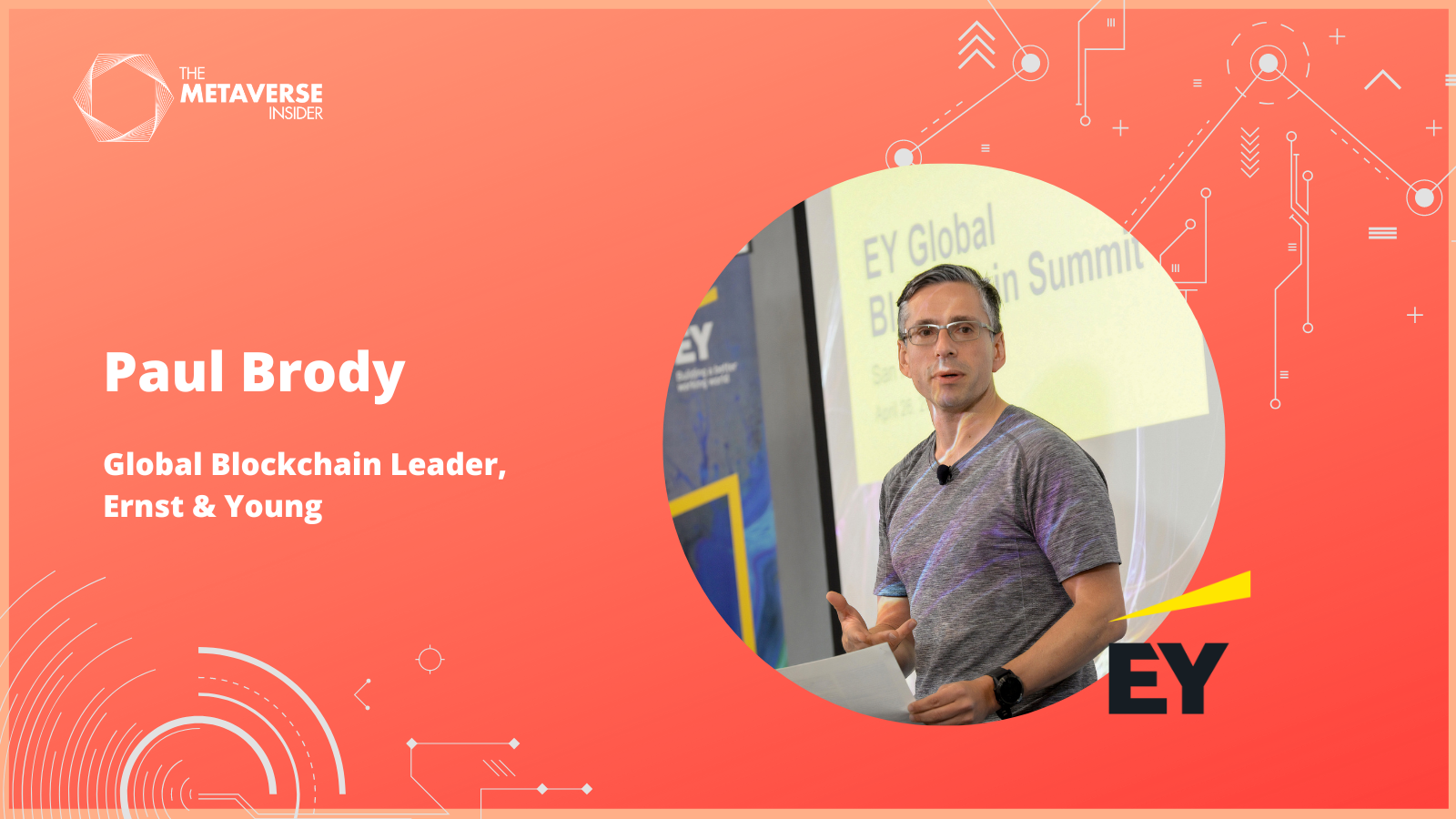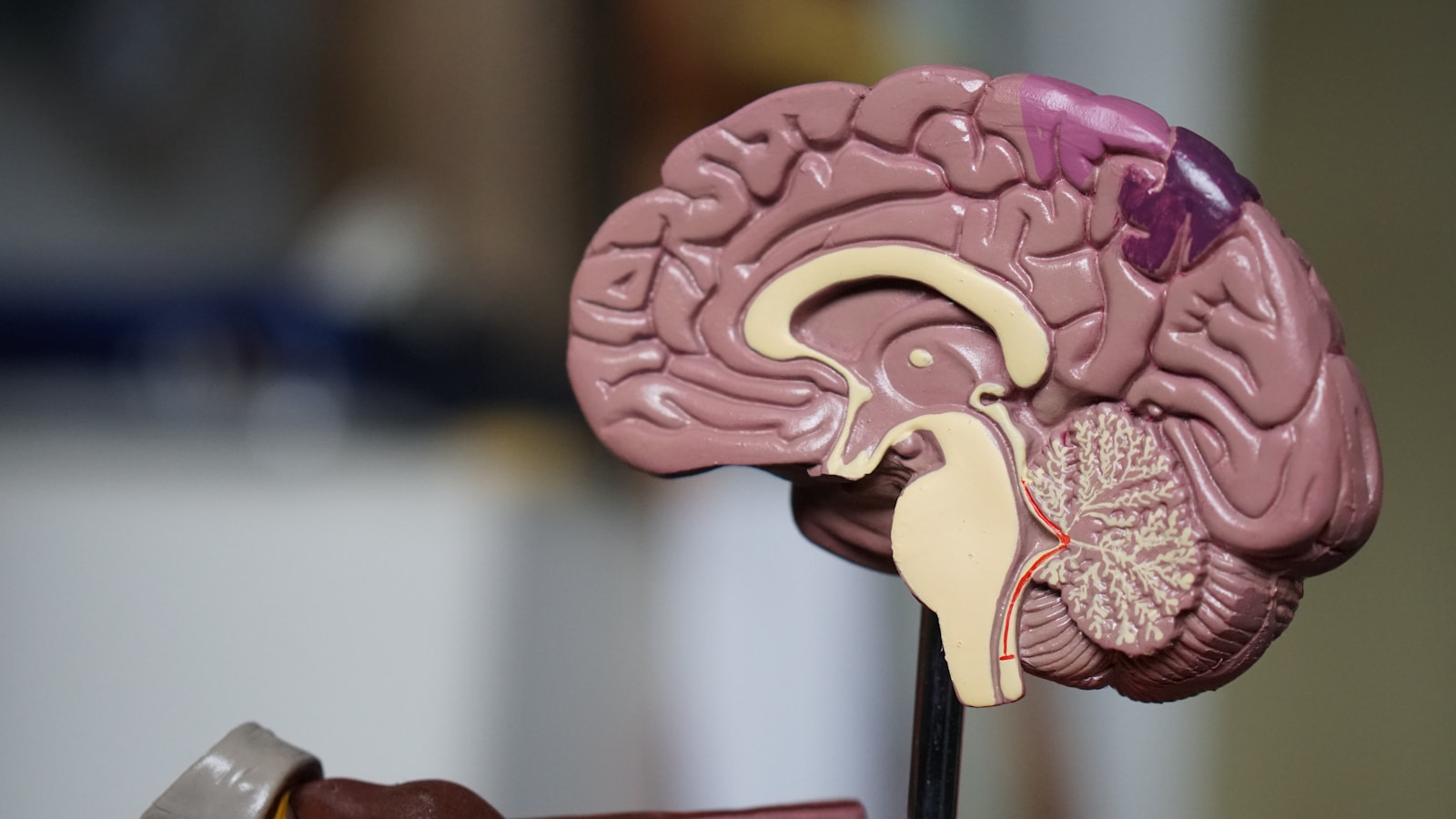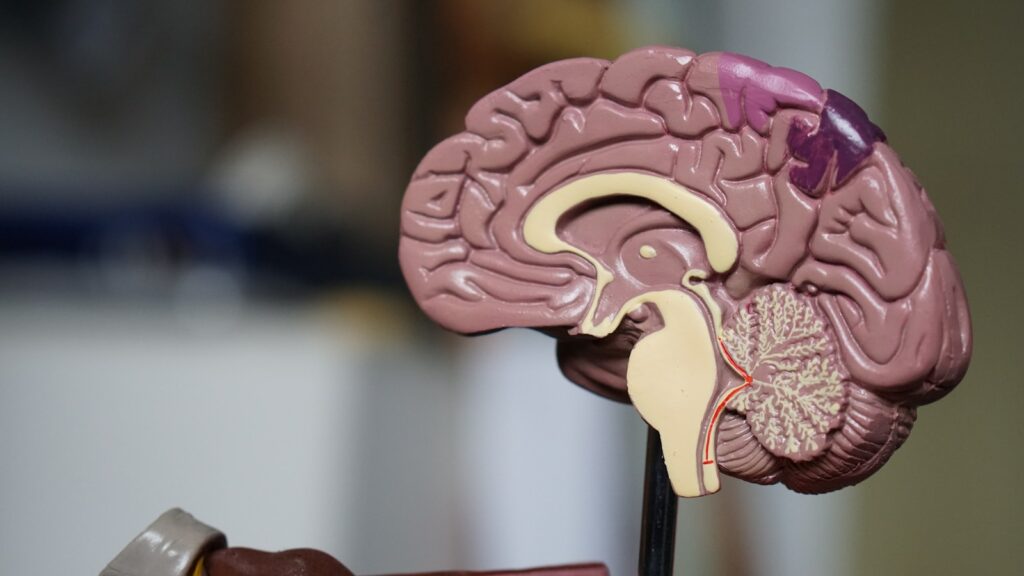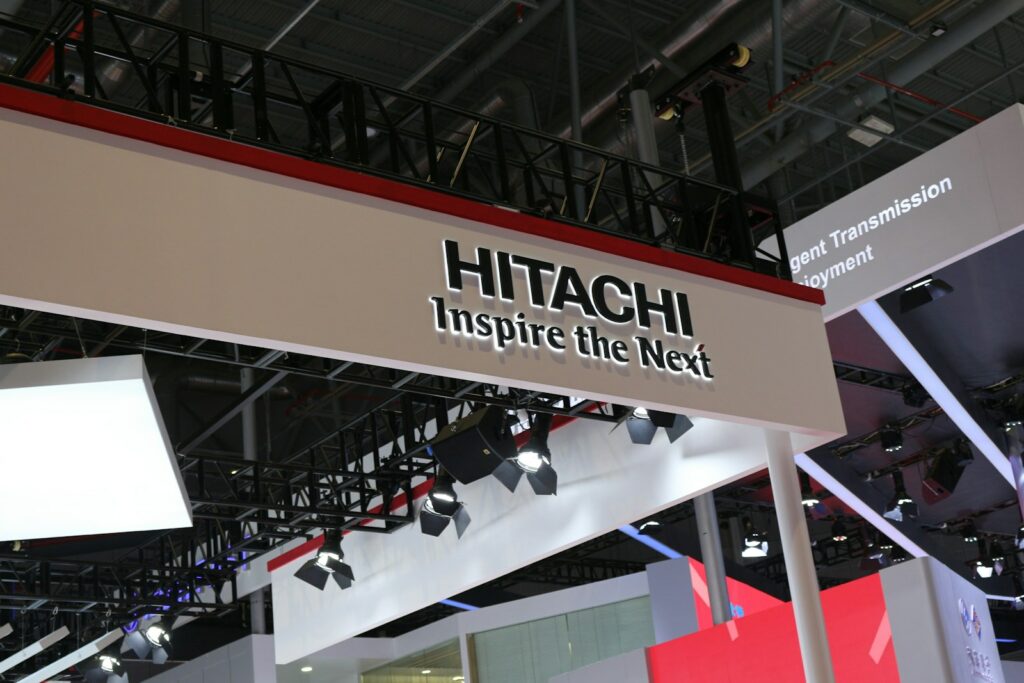Paul Brody has been involved in blockchain since he realized the importance of decentralization while working at IBM 9 years ago. Ever since then, he has established himself as a thought leader in this space. Today he is at Ernst & Young, and he drives their initiatives and investments in blockchain technology across consulting, audit and tax business lines.
I had the pleasure to interview Paul at Consensus 2022 in Austin. It was a unique opportunity to get to know his background and opinion about the current blockchain technology landscape.
I started the interview by asking Paul about his journey as an early blockchain adopter and how he got into this space.

“I have been in blockchain for nine years. I was working in IBM and we were working on this question of distributed computing environments, how to properly manage devices across large networks. And one of the things that we realized is as devices become smarter, they ought to be able to manage themselves, they ought to be able to interact with each other in a decentralized way. So, I started looking into decentralization technology. And one of my colleagues is like, you know Paul, I met this guy, a little strange, his name is Vitalik Buterin. And he wants to take Bitcoin and turn it into something that’s more computing oriented. I don’t want to say it was red pill. But we got into it, we built a blockchain product that was very focused on computing, and using alpha version of Ethereum. Ever since then, I’ve been focused on blockchain. And, I came to EY in 2015. Because they really wanted to get more of a focus on public blockchains and a broader range of applications.”
“I think one of the things that in that in an accounting firm, we’re very, very conservative and very risk averse. They worry more about the downside risk; endorsing a technology that looks like a Ponzi scheme. What I was really lucky at is that, although they were plenty of skeptics. There’s also lots of people who get very nervous about kind of new technology or financial risks in general. But we also had a lot of support from the senior leadership team. So, despite a lot of challenges, I would say over the last seven years, we’ve slowly built up an enormous level of support today. But the last two or three years, there’s been no doubt about the level of support that we have. We spend more money on engineering, I would guess more than any other big audit firms. We’ve invested hugely in that underlying technology. We’re the only ones who’ve actually taken what used to be seen as the more risky bet on public blockchains rather than rather than sort of private blockchains.”
“I’ve never really believed that private blockchains work. They were an expedient way to do what some people call innovation theater, which is look, I’m doing something in a blockchain. It’s not really a blockchain, it’s not actually useful. But it sort of checks the boxes and you can issue a press release. Public blockchains, especially Ethereum, are the ones that companies can do real business on and build a real business.”

I knew Brody had been pro-public blockchains for a while. However, most of his work referenced public vs. private blockchains. I wanted to get his perspective on mixed blockchains. Thus, I asked his opinions on mixed blockchains and whether he thinks such a thing even exists.
“I’m not really convinced that there is such a thing. You’ve heard people say that there can be such a thing as public permission, and maybe there can be. It would really have to be properly decentralized. A lot of what I’ve seen so far is private blockchains, masquerading as they say, it’s open source and hope to confuse you and to thinking that means it’s a public chain, and it’s properly decentralized.”
“The critical thing is that you can’t have a system where there are gatekeepers in the system, who can control access, because the minute that happens, if you have somebody who can control access, then later on somebody can say, Why did you let them in? These things have to be designed in such a way that they are fundamentally permissionless. And that there is no such thing as permissioned innovation, there is only permissionless innovation.”
Paul’s answer made a lot of sense. A blockchain must be permissionless to encourage innovation in this space. However, I wondered which blockchain Paul recommends. This interview took place at Consensus, where there were many types of blockchains on display. A lot of those features looked quite interesting too.
“It’s very easy, you should just be building in the Ethereum ecosystem. Engineers are most at risk. And I know this because at heart I think I’m an engineer. My mother was a software developer. My father was a nuclear physicist. Engineers are at the most risk of being seduced by exciting cool new products and features. And there are lots of blockchains out there with really innovative features. But if you’re trying to build a business, you want to build on the blockchain that’s got scale and institutional maturity. And you have to remember that because of network effects, we don’t have a multi network role. We have TCP IP or Ethernet. We don’t live in the multi operating system where we have maybe one or two desktop operating systems, one or two mobile operating systems. That’s it. I think that people who say there’s going to be a multi chain future, they really need to do a better job explaining why blockchain would somehow be different from all the other technology stacks. The reality is we’re headed for a single kind of ecosystem type of future. Technology loves standards.”
“Don’t tell me that you have something that works better than Ethereum. Because the rule is the best technology never wins, I guarantee you, no matter what it is that we use today, it is not the best technology, it’s not the best idea. It was the idea that was good enough at the time that was needed to scale and survived all the scaling challenges. They absorbed other ideas and technologies over time. But they probably did it more slowly than people would like.”
Paul had given some very compelling reasons why developers should build on Ethereum. I only had one counter to that – what about the transaction fees?
“I would say particularly for transaction fees, that’s a really dated view, we pay almost nothing. We do everything on the Polygon proof of stake network. Layer 2 networks make things very cheap. When it comes to Proof of Work, that transition to Proof of Stake is underway. I would say those big complaints are honestly very dated. But no matter what ecosystem, you build it, and I could pick on your desktop PC, your mobile device, I could tell you about all the great things that are available out there and other ecosystems or from particular vendors. The reality is that, if you wanted to build a mobile application, you wouldn’t say to yourself, gosh, what’s the best possible mobile operating system? That’s not how you started. You started by saying, what is the best ecosystem with the most participants who can and want to buy my product. If you are making a product, and it’s a digital asset product, you should be selling it in the Ethereum ecosystem, which is the ecosystem with the vast majority of the money.”
Lastly, I asked Paul about the issue with security in blockchain. We have seen various hacks recently where people have lost their digital possessions. I asked him how people can avoid getting scammed. And what should they do if it happens to them?
“I would say, first and foremost, there’s lots of people out there produce really good guides. Don’t ever accept help from somebody randomly at Discord. I will also admit every smart blockchain person I know has been hacked, they’ve been robbed, they’ve been sim swapped. Don’t feel ashamed. If you are on the receiving end of a scam and you fall for it, just learn from it, and move on.”
“Try to go out there and seek out some good best practices. We’re certainly from an EY perspective, we are building a tool called the blockchain smart contract assessment tool. It is actually designed to let you build up tests, play with them, share them build up libraries, tests. The key thing is most people are not developers. So how do you know that a smart contract is going to do, what you think it’s going to do? You would like to be able to test and I want to see a world where there are good tools available for ordinary consumers. We’re not there yet. But I think we’re on the path”
Paul’s interview was genuinely insightful and very helpful for those looking to develop in the blockchain space. Digital Twin Insider would like to thank Paul Brody for taking out the time during a bustling Consensus event for an interview. We would encourage our readers to check out the Ernest & Young’s blockchain work at https://blockchain.ey.com
For more market insights, check out our latest Digital Twin news here.













